2015 Rain Forest Rescue Report
Saving the Earth’s rain forests is a core conservation challenge. Overcoming logistical and geographical hurdles, the Arbor Day Foundation’s Rain Forest Rescue program is working with on-location partners on large-scale tree planting, preservation and recovery.
Madagascar
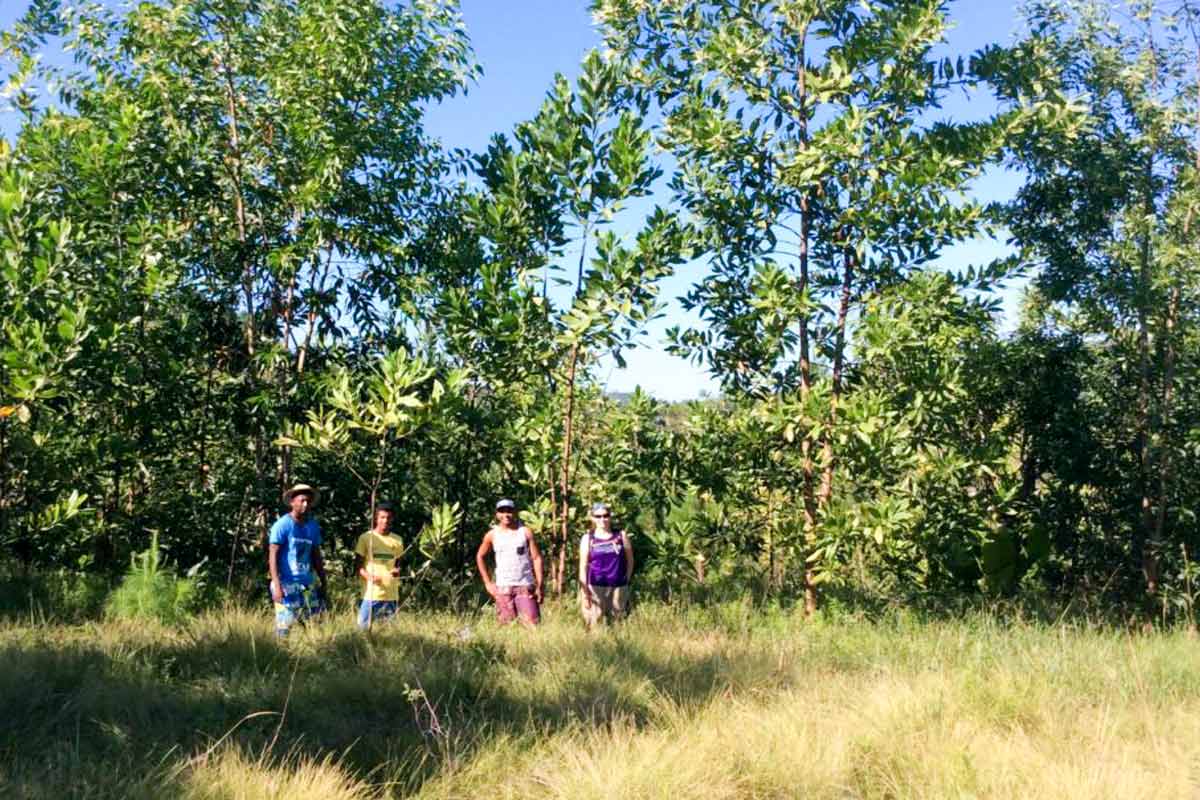
In 2012 the Arbor Day Foundation started working with the Omaha Henry Doorly Zoo and Aquarium on the Madagascar Biodiversity Project (MBP) with a simple goal: restore rain forests and habitat on the island nation where more than 80% of its forests have disappeared. Madagascar is also home to many endangered species found nowhere else in the world. An example is the black and white ruffed lemur.
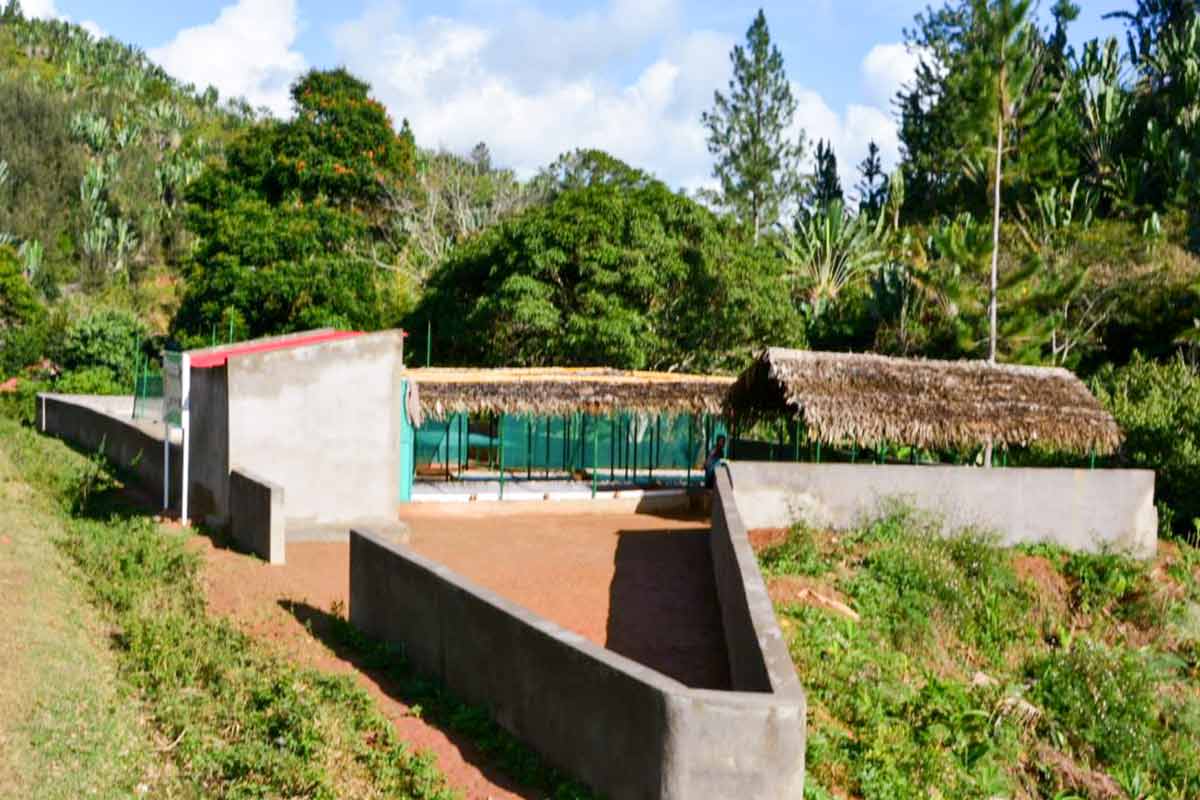
Lemurs depend on the forests for their food and cover, and as the forests of Madagascar started disappearing, the lemurs were too. Our replanting effort is reversing the decline of lemurs. In 2009 there were only eight lemurs left on the fragment of forest habitat on top of Sangasanga Mountain. The replanting effort led by Dr. Edward Louis, Jr. is creating wildlife corridors of new trees that connect the mountaintops. With this strategy, the population of the black and white ruffed lemurs grew from six times what it was, with a population of 50 in 2015.
The Ready Women — a group of single mothers who have sought means to support their families — helped us plant more than 370,000 trees in Kianjavato, Madagascar this year. Our reforestation work has provided meaningful year-round jobs to the Ready Women working in tree nurseries and in the field. In fact, they’ve proved to be integral in helping us accomplish our reforestation efforts. They are experienced in nurturing the trees in the nurseries and planting them on the mountainsides. Their understanding of the impact of conservation has helped in bringing sustainable practices back to their own communities.
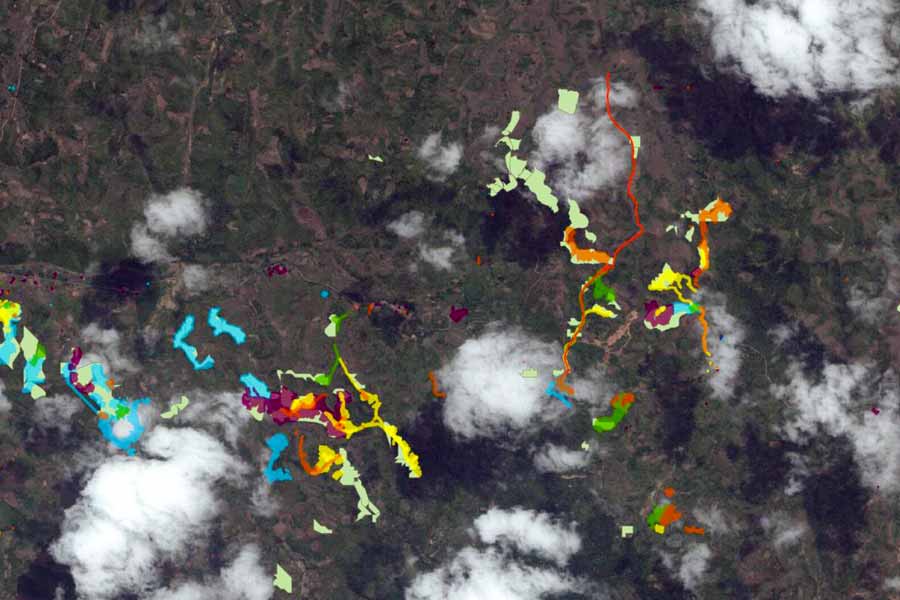
In addition to planting trees, this program is also creating jobs. Anjarasoa Yvette is one of the Ready Women who has been working with MBP since its inception, and she is grateful for the opportunity. “Before working for MBP, I could not afford food for my family, and now I can,” said Anjarasoa. “I have been able to save money to repair my house, send my two kids to school, and support my mother as well as my family. This project saved my family and I’d like to continue working here for a long time.”
The trees — and those who plant them — have thrived thanks to the generous support of Arbor Day Foundation members and partners.
Guatemala Western Highlands
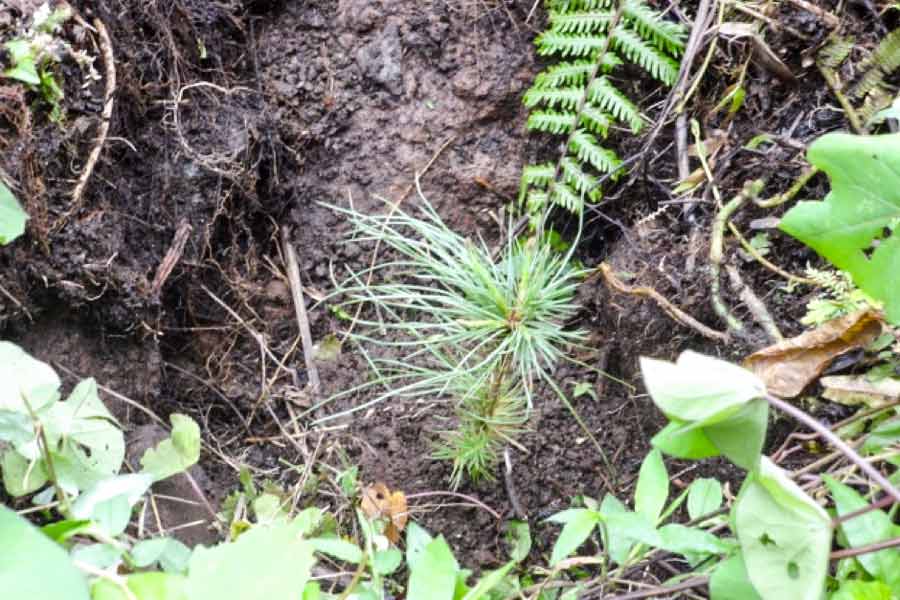
Guatemala’s western highlands stretch from the southern coast of Guatemala to the Mexican border, offering some of the most diverse and treasured plant and animal species on the planet. Volcanic chains, mountains, rain forests and coastal valleys make up the unparalleled region. Because of such varied landscapes, the Highlands are also one of the most at-risk areas in the world, increasingly affected by climate-related challenges such as drought, floods and landslides.
The Arbor Day Foundation worked with The Nature Conservancy and other partners to advance reforestation and introduce farming practices that would help preserve the unique landscape. Support from Rain Forest Rescue has helped to plant 27,000 trees, protect existing forest, create shade-grown coffee farms and build agroforestry systems with native species. Additionally, two new demonstration sites were created to help combat landslides, soil erosion and forest fires.
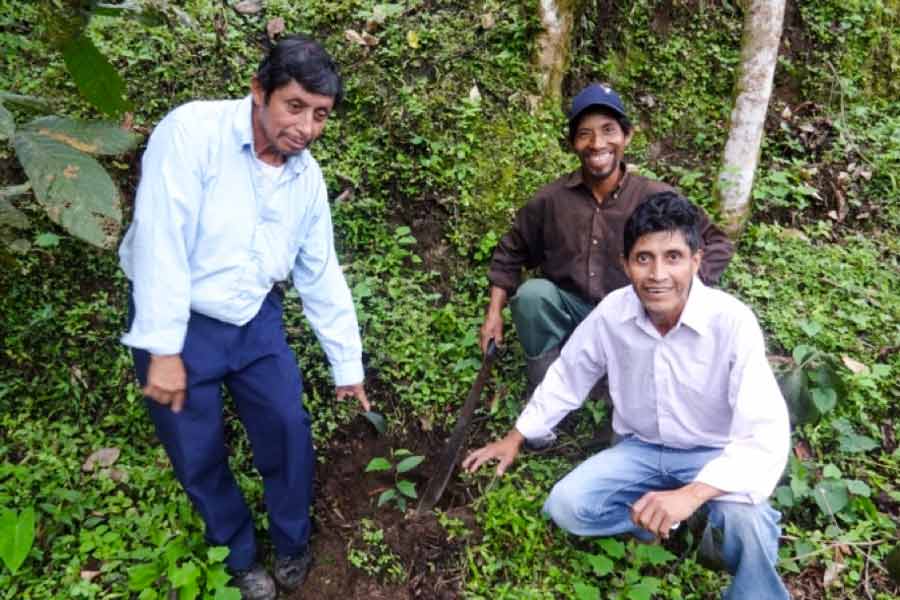
Highlights of this year’s accomplishments in Guatemala include:
- Establishing 163 acres of agroforestry plans with intercropped native vegetation.
- Creating a 1,000-meter firewall gap that will prevent soil erosion and protect community forests from fires.
- Reforesting 30 acres of degraded hillsides and watersheds.
- Building a tree nursery in Paraje León with 15,000 new plants.
- Installing two new demonstration sites better-suited to withstand challenging climatic conditions without damaging the surrounding environment.
- Planting 27,000 trees across 67 acres that will prevent landslides and protect watersheds.
Mexico’s Yucatan Peninsula
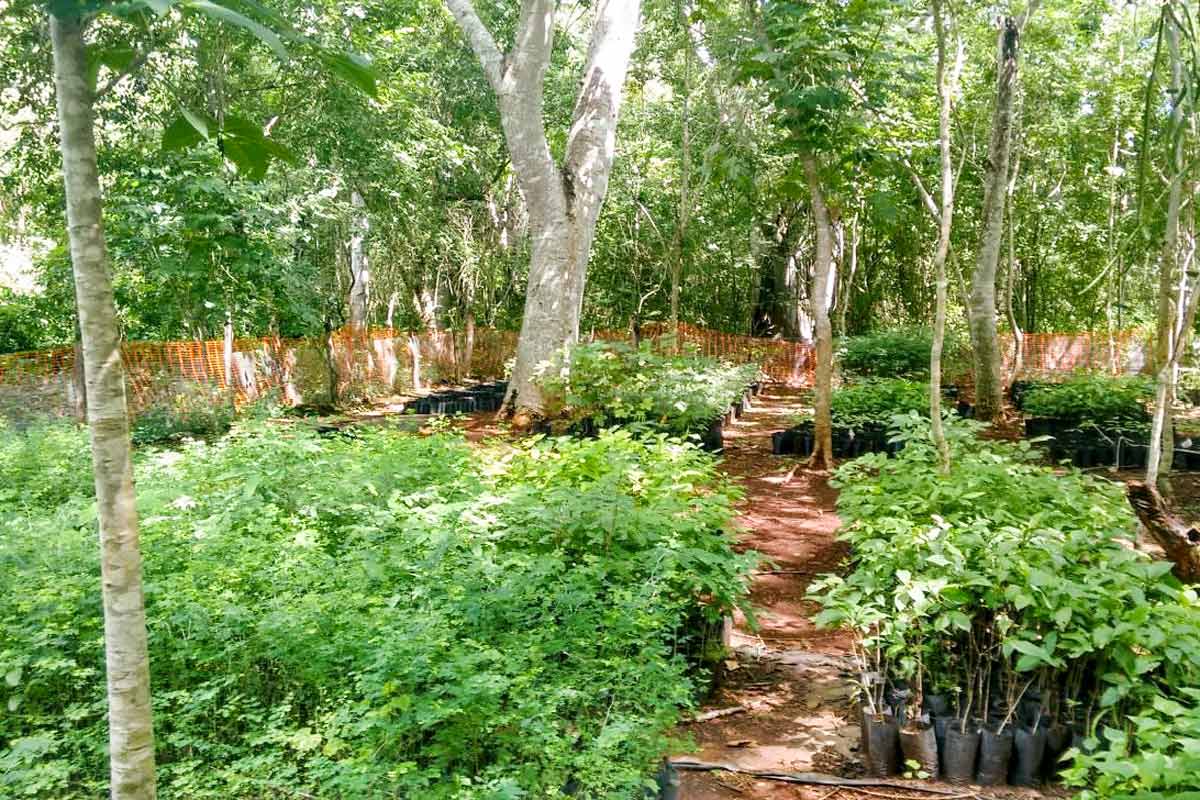
Selva Maya is the largest remaining tropical rain forest in the Americas. Situated on the coast off the Gulf of Mexico, the forest is home to numerous rare and endangered species. But poor agricultural practices in the region are destroying what’s left of the rain forest. Working with The Nature Conservancy and local partners, we continued to plant trees and protect rich biodiversity of the Selva Maya rain forest.
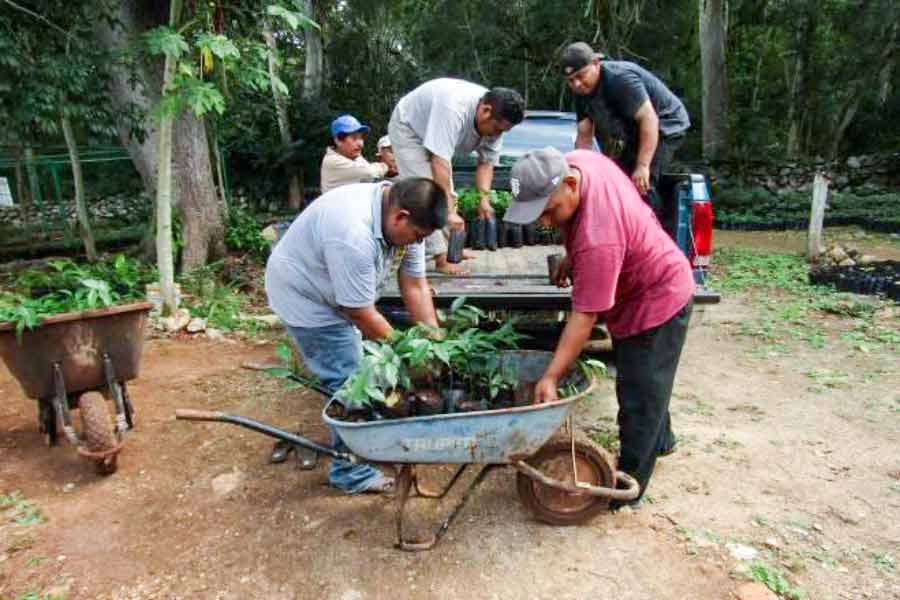
Highlights of this year’s accomplishments in Mexico include:
- Continuing to work with local partner Kaxil Kiuic to operate a nursery for collected seeds. The nursery produced 57,000 native trees including Mayan nut, mahogany, cedar, and wild tamarind.
- Exceeding our goal and restoring 140 acres of agricultural and ranching areas in the Puuc Biocultural State Reserve.
- Creating a strategy that gives landowners of reforested areas training, technical assistance, and follow-up support to increase the viability of the newly planted trees.
- Strengthening our relationship with Jibiopuuc, the managing board of the Biocultural Puuc Reserve, to prioritize threatened areas that would improve conservation efforts.
Although our efforts are progressing, there is still much work to be done to continue to protect and preserve the rich rain forests that are home to many endangered species.
The need continues to save the world’s rain forests and the birds, mammals and other wildlife that depend on this unique habitat. In many cases, there is no tomorrow for these areas without action today. Please help continue the vital work of Rain Forest Rescue.
Donate Now